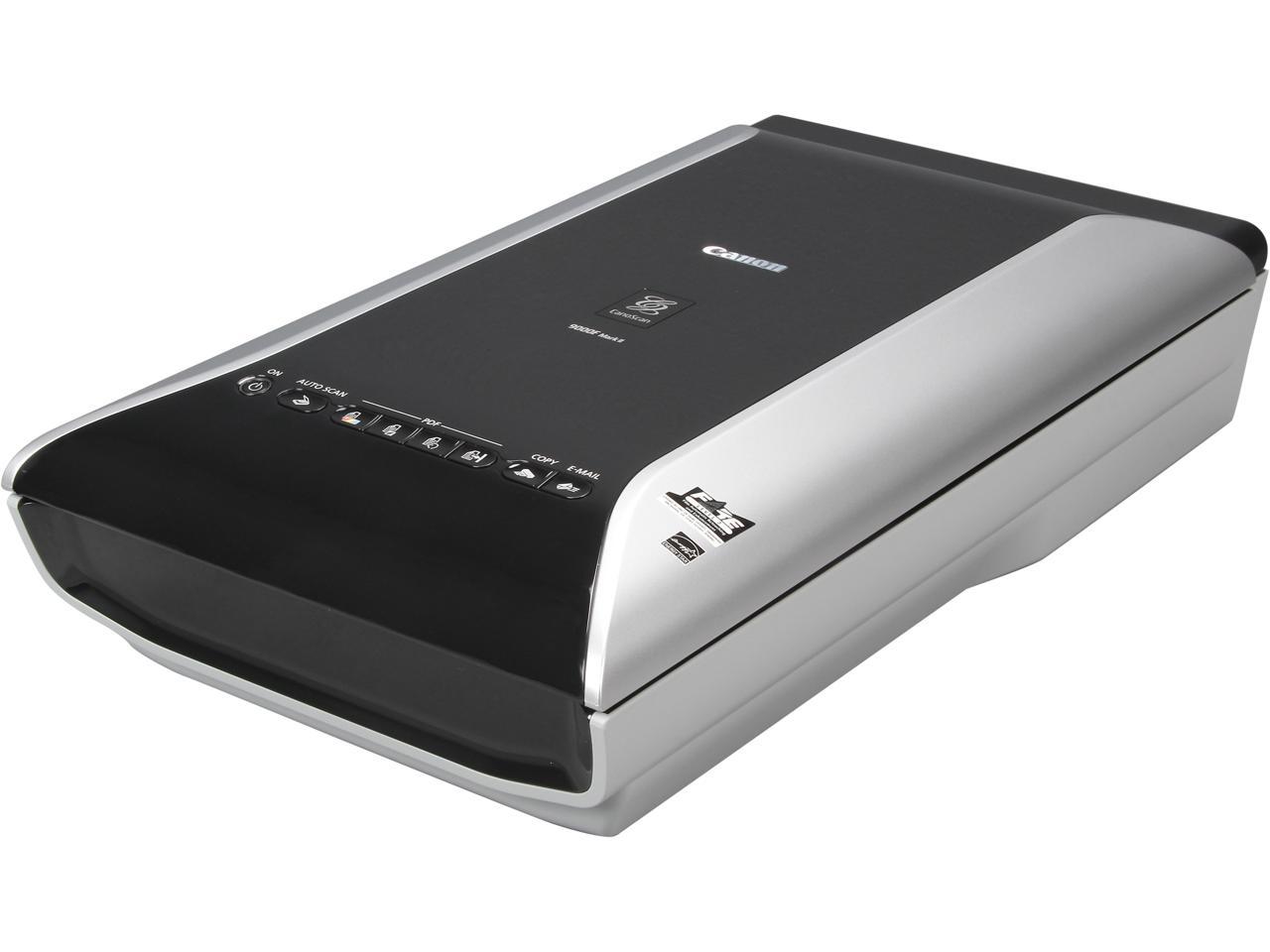

The problem with the plustek is the extremely stupid filmstrip holder, it is completely MANUAL in that you have to push the holder to scan individual frame by frame!! I'm surprised this issue isn't pointed out often enough, as i'm sure the OP would like to batch scan a roll. But the Nikon Coolscan V lives next to it for 35mm work. I have a Epson V750 for scanning negatives larger than 35mm, for which is it an excellent tool. I just don't really know if any are contenders for 2900 to 4000 dpi resolution. There are these very low-end dedicated 35mm film scanners. There isn't enough market for them to get a positive return on investment in a new design. They were never cheap, and I presume key parts are no longer available to make new ones. Prices for the Nikon ones are only going up on the used market. Unfortunately, all the serious 35mm film scanners from Nikon, Canon, and Minolta are discontinued. You're taking high-resolution samples from a not very sharp image being projected on the CCD line sensor.

The optical path is the limiting factor, not the pixel spacing of the CCD line sensor, or the step size of the stepper motor that moves the line sensor. Real-world resolution is from 1000 to 2000 dpi. Windows 8, Windows RT, Windows® 7, Windows Vista®, Windows XP and Mac OS® X v10.6.8 to 10.For enlarging to A4 from 35mm, you're really pushing the limits of what flatbed scanners can do. Output Grayscale: 48-bit internal/16-bit (film scanning only)/8-bit output 7 seconds for A4 color document at 300 dpiĬolor: 48-bit internal/48 or 24-bit external Specifications Canon CanoScan 9000F Mark II Scanner TypeĬharged-Coupled Device (CCD) 12-line colorħ EZ Buttons, 9600 dpi CCD Sensor, Auto Document Fix, Auto Scan Mode, Built-In Power Supply, FARE Level 3, Film Scanning (35mm film/120 format film), Gutter Shadow Correction, High-speed Scanning, Light Guide, OCR Text Data Conversion, PDF Password, Sensor Carriage, Super Toric Lens, White LED, Zero Warm-up Time, Evernote


 0 kommentar(er)
0 kommentar(er)
